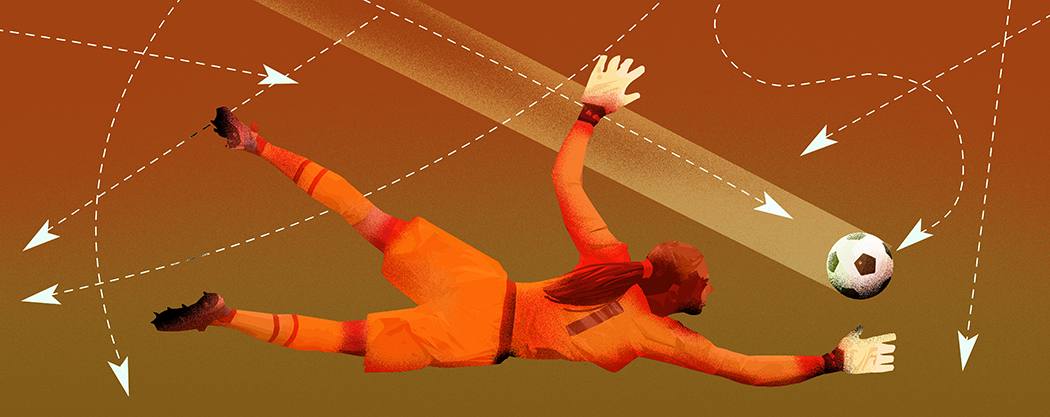
IESE Insight
Lessons from sports to compete with AI
Sports teams are increasingly leveraging the power of artificial intelligence to enhance their performance. Here are five things companies can learn from them to achieve winning results.
When Billy Beane took over as manager of the U.S. baseball team, the Oakland A's, it was a lower valued team. The challenge he faced will be familiar to many businesses (and professional baseball is, after all, just another type of business): How to compete in the big leagues with fewer resources?
He couldn't afford to recruit the best players. Instead, he turned to sabermetrics, using statistical analyses to crunch data on player metrics to see which ones bettered the odds of success. Determining that the percentage of players' On-base Plus Slugging (OPS) was a better metric than batting average, he recruited undervalued players with high OPS rather than more expensive players with high batting averages. Subsequently, the Oakland A's rose in the ranks, going on to win a record 20 consecutive games in the 2002 season. Their winning streak -- and the transformative impact of analytics on the sport -- became the subject of a book that was later made into the 2011 movie Moneyball.
More and more companies are realizing they, too, need to embrace AI to stay in the game, as highlighted in a recent study by IESE professors José Azar, Mireia Giné and Sampsa Samila, together with Liudmila Alekseeva and Bledi Taska. Examining U.S. online job postings between 2010 and 2019, the authors found that, while the demand for other computer-related skills remained stable, the demand for AI skills in particular was exploding -- by a factor of 10 in absolute numbers and by a factor of four as a proportion of total job postings.
And this growing demand wasn't limited to the IT industry but was found across all sectors and occupation groups, including professional and administrative services, finance, manufacturing and even agriculture. What's more, such jobs commanded a wage premium -- 11% on average, going up to an almost 18% higher salary for jobs in administrative and support service sectors. The significantly higher premium for AI skills suggests there is a "real shortage of managers who are able to create and capture value with AI," state the authors.
Having studied artificial intelligence for more than 30 years, we recognize the need for all professional entities to grow in their use of AI. We have spent our careers researching the many different ways that data can be used to analyze, predict and provide knowledge to optimize decision-making processes and enhance performance. This has led us to partner with Olocip, a firm set up by the Spanish professional soccer player Esteban Granero. We lead an AI modeling and development team for Olocip, offering business and sports clients customized solutions to their performance issues.
Here, we share some of the practical applications derived from our professional work and research in this sphere.
Watch: "6 tips to stay on the ball with AI" with tips from Javier Zamora and Sampsa Samila, director of IESE's Artificial Intelligence and the Future of Management Initiative.
The full article is published in IESE Business School Insight 156.
This content is exclusively for personal use. If you wish to use any of this material for academic or teaching purposes, please go to IESE Publishing where you can purchase a special PDF version of “Lessons from sports to compete with AI” (74863).
